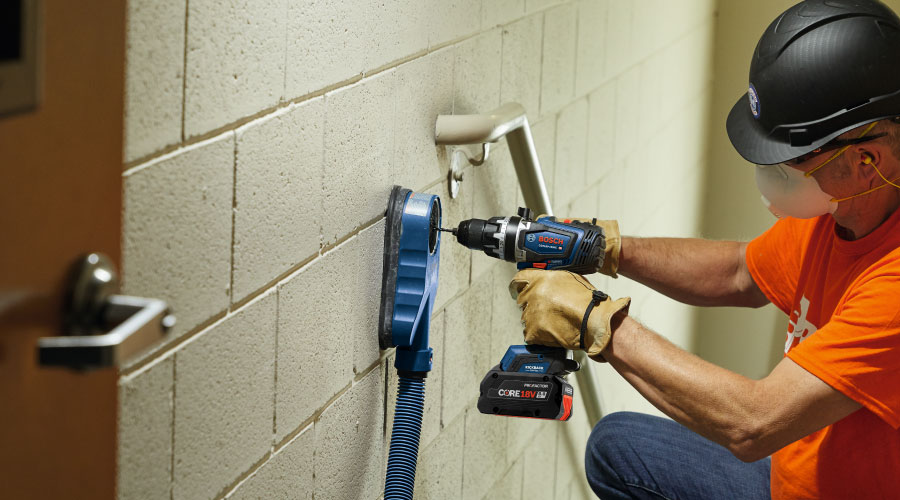How Cogeneration Systems Can Save Energy Costs
Power costs are still rising, heating bills are through the roof, and you’ve already done the relatively easy things, like upgrading the lighting or installing an EMS. Short of making your facility cold and dark, what’s left? Consider combined heat and power (CHP), also called cogeneration. In that process, on-site generating equipment provides part of your power and heat, at a total cost lower than what you would have paid without it.
How is that possible? When electricity is produced by either burning fossil fuels or splitting an atom, 60 percent or more of the energy is discarded as heat through cooling towers or into river water. With CHP, however, that heat is harvested for use in industrial processes, space heating, making domestic hot water or other building loads. Many CHP systems utilize more than 70 percent of the energy derived from fossil fuels, usually natural gas.
But maximizing savings — of both energy and dollars — from CHP can sometimes be tricky in commercial and institutional facilities. It’s important to sweat the details, or hire someone to sweat them for you.
CHP has been delivering savings for decades at hundreds of sites, feeding major industrial process loads. The U.S. Department of Energy (DOE) says about 30,000 MW (about 4 percent of all U.S. power) is generated in this manner. While most of that output serves factories, about 5 percent of it is now running at commercial building sites, and that number is rising.
Most CHP systems serving those facilities are relatively small, 1 MW or less. To yield an acceptable payback period, the sweet spot for many of those units may be between 15 and 40 percent of a building’s (or campus) peak electric load. Under that formula, a 1 MW unit providing 25 percent of peak load may be appropriate for a 600,000-square-foot office building.
The heat output from cogeneration may be used for winter space heating or to generate cooling through an absorption chiller (thus saving electricity) in the summer. At gyms and health clubs, some also make domestic hot water or heat a pool. In an apartment building in a cold climate, space heating would be the target. At some sites, the CHP system also serves as backup power during a utility outage.
The modular nature of miniature CHP systems, using gas-fired microturbines or internal combustion machines — essentially high performance car engines — in acoustic enclosures, allows location in oddly shaped spaces in basement machine rooms, on rooftops, setbacks, or back lots at ground level.
Related Topics:














